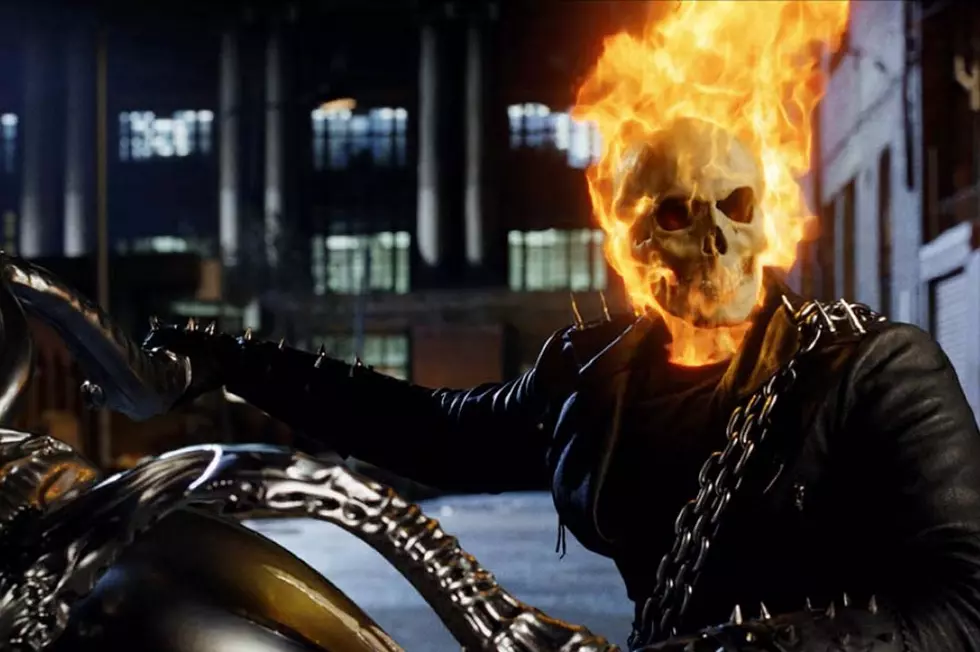
Howdy from Dogpatch: The Life and Work of Al Capp
If you were to mention the name “Al Capp” to a modern comics reader, there is a good chance it would mean nothing to them at all, or maybe they would think he was the British guy with the checkered hat on the bag of hot fries. But for several decades in the 20th century, Al Capp's creation Li'l Abner was one of the most popular and beloved works in any medium, and Capp himself was a household name and national celebrity.
Capp was born Alfred Gerald Caplin on September 28, 1909, to Jewish emigrants from Latvia, in New Haven, Connecticut. His family was so poor that his mother was known to sift through ash barrels at night looking for bits of usable coal.
At the age of nine, Capp experienced one of the defining moments of his life when he was run over by a trolley car and had to have his leg amputated. The pain and embarrassment he suffered from this accident informed the sardonic and misanthropic worldview that fueled the satire of his later work.
Capp's father, an amateur cartoonist himself, introduced his son to drawing as a form of therapy. Capp soon discovered he had real skill, learning mostly by studying cartoonists such as Rube Goldberg and George McManus, and devouring literature by writers such as Shakespeare, Dickens, Twain, and Booth Tarkington. His formal education didn't work out so well: despite spending five years in high school, he never received a diploma, joking that he failed geometry for nine consecutive terms. His attempts at art school weren't much better: he was kicked out of three schools, each because Capp's destitute family was unable to pay his tuition.
Nevertheless, Capp decided to become a cartoonist, having heard that Bud Fisher, the creator of Mutt and Jeff, made $3000 a week. And so, Capp hitchhiked to New York City, where he found work drawing advertising strips for $2 apiece and various strips for the Associated Press (where he would meet lifelong friend Milt Caniff), until in 1933 he was hired as a ghost artist by Ham Fisher for his popular strip Joe Palooka. In one strip written and drawn by Capp, he introduced an oafish hillbilly character named Big Leviticus, foreshadowing a monumental success.
While still working on Palooka, Capp was developing a new strip, based on the hillbilly type presaged by Big Leviticus. His characters were inspired by the real people Capp had met while hitchhiking through West Virginia and the Cumberland Valley as a teen. United Feature Syndicate bought the strip, and on August 13, 1934, Li'l Abner launched in eight newspapers. It was at this point that Alfred G. Caplin became Al Capp --- the syndicate thought his real name was too long to fit in a comics panel. (Capp would legally change his name in 1949.)
Li'l Abner tells the story of the inhabitants of the fictional town of Dogpatch, Kentucky, including the title character Li'l Abner Yokum and his parents, Mammy and Pappy Yokum. Colorful characters fill the backwards little Appalachian village of Dogpatch, including Capp's trademark beautiful women, such as Daisy Mae Scragg, Wolf Gal, and Stupefyin' Jones. The strip also expanded its scope to include city slickers, government officials, and unscrupulous businessmen, ultimately leading the plot of the story to go as far as Washington, DC; Hollywood; the Moon; Mars; Planets Pincus Number 2 and 7; and, most notably, the frostbitten wasteland known as Lower Slobbovia.
Through the innocent gaze of his title character, Capp was able to brutally satirize every issue of modern life in the mid-20th century, from politicians to overreaching businesses to racism and foreign relations, to personal relationships, to counterculture phonies, to celebrities, and even other popular comic strips. (His spoof of Dick Tracy, Fearless Fosdick, was so popular, it was adapted into a TV show with marionettes in 1952 and was referenced by presidential candidate Hubert Humphrey in his 1968 campaign against Richard Nixon.)
Counted among Capp's fans were such notables as John Steinbeck (who even nominated Capp for a Nobel Prize), Charlie Chaplin, Shel Silverstein, Harpo Marx, and, clearly, the creators of MAD Magazine.
From its humble beginnings in eight newspapers, Li'l Abner, at its height, appeared in over 900 American newspapers and 100 foreign papers in 28 countries. His American readership topped 60 million, a third of the population of the US at that time. Major storylines in Li'l Abner made the cover of Time, Life, Newsweek, and TV Guide magazines. Inspired by his friend Milt Caniff, Capp successfully fought for ownership of his creation and consequently made himself a fortune as his strip was adapted as songs, radio shows, comic books, cartoons, movies, and a stage musical.
A large part of that fortune came from the creation of the Shmoos, lovable creatures from Li'l Abner that are so beneficial to humanity that they actually threaten to wreck the world economy.
These lumpy white creatures became so popular that they were a marketing phenomenon: dolls, watches, wallpaper, ice cream, comic books, records, toys, games, Halloween costumes, and much, much more. There was even a clothing line inspired by the Shmoos that included something called “Shmooveralls.” The Shmoos also later received their own animated series and would even team up with the Flintstones to be Bedrock Cops.
Capp would also create other comic strips, notably Abbie an' Slats and Long Sam, but the only thing that could match the popularity of Li'l Abner was Capp himself. He became a celebrity and public figure, appearing on The Tonight Show several times across multiple decades and multiple hosts. What's more, he hosted his own talk shows and game shows on both television and radio. He was urged by Vice President Spiro Agnew to run against Ted Kennedy in the Democratic primary for Senate in 1970, but he declined. The point is, Capp was very famous.
Capp's politics and public service extended beyond satire in his comic strips. He provided artwork and stories for numerous charities and government agencies in his lifetime, often focusing on amputees, especially veterans, inspired by his own disability. He was a ferocious advocate of admitting women to the National Cartoonists Society, even temporarily resigning his membership in protest over their refusal to admit Hilda Terry, and delivering a fiery speech that helped inspire an amendment in the rules. He also used his comics to push for racial tolerance, creating an educational comic about Mammy Yokum that was distributed by the Anti-Defamation League, and developing a biographical comic about Martin Luther King in 1957.
Ever a contrarian, Capp's politics that were so liberal in the conservative 1950s became more conservative in the liberal 1960s, as hippies became a common target of his skewering. Near the end of his life, Capp also found himself embroiled in scandal and a decline in popularity. Nevertheless, Capp's work on Li'l Abner remains one of the classics of the medium, and its impact on our culture can still be felt in the use of terms such as “Sadie Hawkins dance,” “hogwash,” “double whammy,” and “shmoo,” which has become a technical term in not one, but four different sciences.
Al Capp died of emphysema in 1979, but his work lives on to this day.
More From ComicsAlliance









